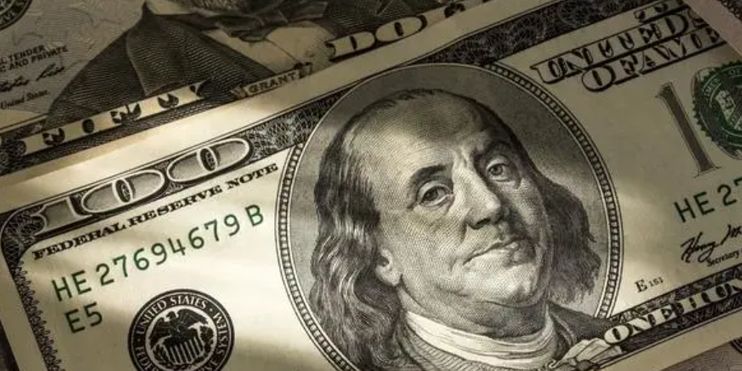The primary debt secured by a property is known as a first mortgage. The "first mortgage" or "first lien" refers to the first debt on a piece of real estate with many mortgages. The term "second mortgage," "second lien," or "subordinate loan" refers to new or subsequent debt.
When money is at risk, the sequence in which things are done significantly impacts each party's rights. If a borrower defaults on their mortgage, the initial lender has the authority to foreclose on the property and sell it to collect on the debt. It's essential to grasp how the law works if you're involved in a situation where there are many mortgages on a piece of property.
Understanding the Basics of First Mortgages
A mortgage is a type of loan that may be used to pay for the acquisition of real estate when you wish to buy a house. The lender expects the monthly installments to include a portion of the principal and interest payments for the house loan or mortgage. Because the house secures the loan, the lender will have a lien on it.
The first mortgage is the loan taken out by a buyer to pay for the house. A property's first mortgage is the loan that finances the home's purchase. Even if the buyer owns many properties, the initial mortgages they took out to finance each one make up the first mortgage in their name. Each of a property owner's three mortgages, for example, is a first mortgage in the eyes of the law.
LTV and First Mortgage (LTV)

A house loan's loan-to-value (LTV) ratio compares the amount owed on the loan to the appraised worth of the property being purchased. Lenders often need private mortgage insurance if a first mortgage's LTV is more than 80%. (PMI). A borrower may find it more cost-effective to keep the original mortgage's LTV at 80 percent and use secondary financing to obtain the remaining funds.
First Mortgage Taxes
You can deduct a portion of the interest paid on a first mortgage from your taxable income. Taxpayers who itemize their deductions on their returns are eligible for the mortgage interest deduction.
How Is a First-Time Homebuyer's Mortgage Funded?

You might have a first mortgage and a second mortgage on the same home for various reasons. It is possible to have many mortgages simultaneously, either when you initially buy the house or later on, as in the case of a home equity loan. Certain purchasers may obtain a second loan to finance their home purchase.
The down payment is deducted from the total amount of the first mortgage, which is used to finance the majority of the purchase price. The down payment and closing charges can be covered with the second loan. "Piggybacking" is a common term for this method. The piggyback loan, sometimes known as a combination loan, would be the second mortgage.
First vs. Second Mortgage
There is a significant difference between the first and second mortgages when it comes to who gets to claim the property in the case of a failure. If you don't make your payments, the first lender has the right to seize the property and sell it to recoup their losses. After the first loan has been repaid, the second lender can only claim a fraction of the returns.
The greater the first-lien interest rate, the higher the second-lien rate. If you don't keep up with your payments, the first lender has the authority to foreclose on your home. Second, lenders may not get anything from the feasible transaction. The increased interest rate is one way the second lender is trying to protect itself.
An Example of a First Mortgage
To illustrate how a first mortgage works and what a second mortgage may entail, here is an example. Consider a scenario where a buyer receives a $250,000 first mortgage on a house and a $ 30,000-second mortgage on the same house several years later. Despite having paid $50,000 of the initial loan amount, the borrower defaults on payments, and his property is repossessed and auctioned to pay off the loan.
Because the first mortgage is paid off before the second, if the property is sold for $210,000, the first mortgage lender will get the $200,000 remaining on the loan due to seniority. In this situation, the second mortgage lender will receive $10,000. Secondary claims are frequently more expensive since they don't have the same priority as the principal claim on the property.
For First and Second Mortgages, a Few Points to Keep in Mind
There is no ownership for the original mortgage holder, simply a lien on the property. Even if the borrower has complete control over the property, the lender must generally provide their approval before the borrower may sell or otherwise dispose of it.
In most cases, the borrower does not need permission from the first mortgage lender to get a second mortgage. On the other hand, the secondary mortgage lender will want proof that the borrower has a sufficient amount of equity in the home. In the event of non-payment or default, their interest is safeguarded.



